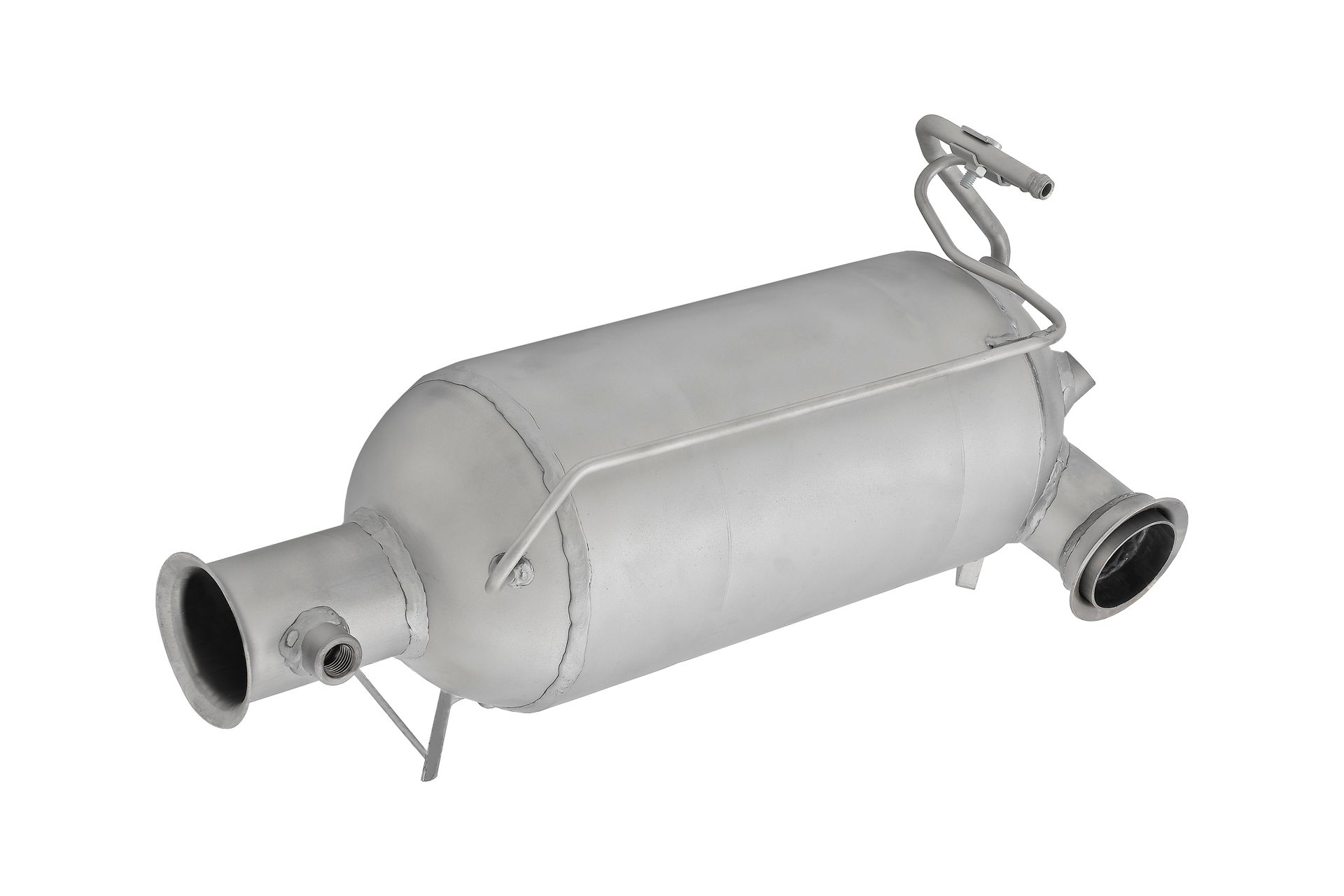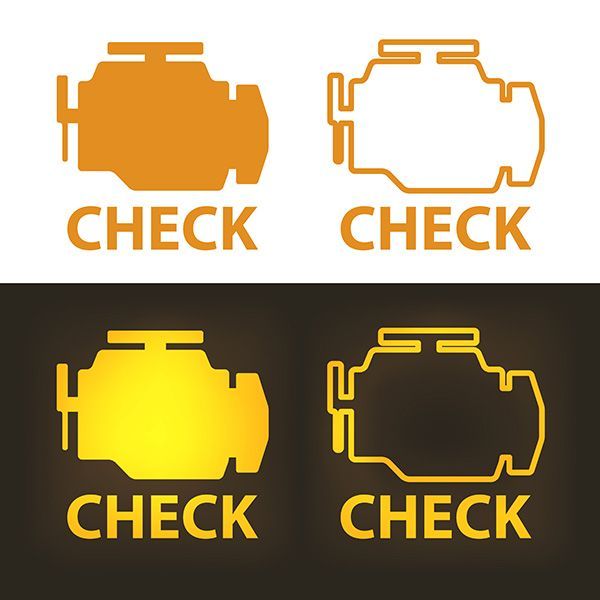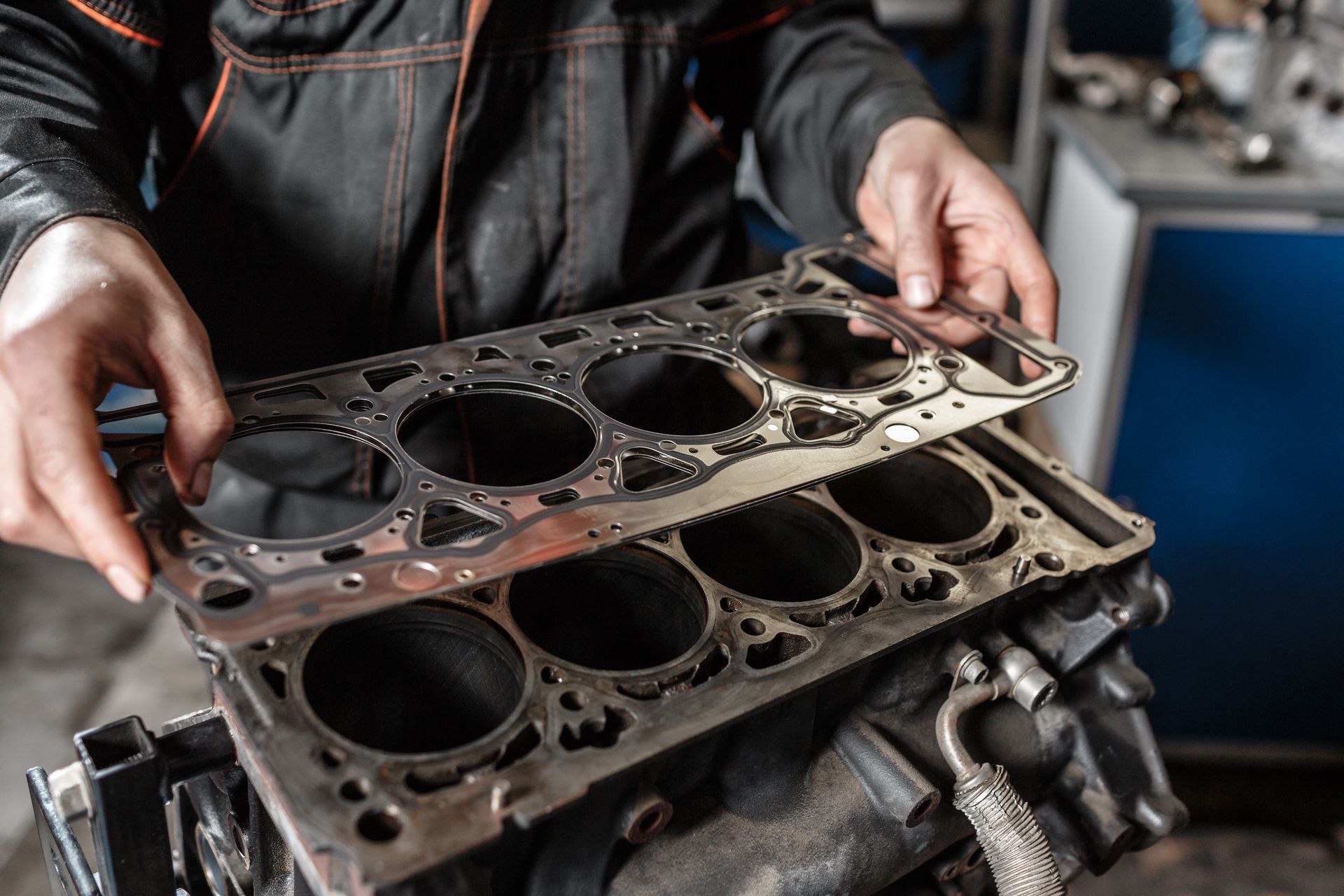Ask Us About Out New A/C Service Today!
Loading ...
Missing business hours data / Error occurred while getting the data.
Ask Us About Out New A/C Service Today!
Loading ...
Missing business hours data / Error occurred while getting the data.
The Importance of Regular Brake Inspections in Vehicle Safety
August 30, 2024
When was the last time you had your brakes inspected? If you can’t remember, it might be time to schedule a check-up. Brakes are one of the most critical safety features in your vehicle, and overlooking their maintenance can lead to dangerous situations. Regular brake inspections are not just about ensuring your car stops when you need it to—they're essential for your overall safety and vehicle longevity. We will explain why keeping your brakes in top shape is so important.
Why Brake Inspections Matter
Brakes are the primary system responsible for stopping your car, and they undergo a significant amount of wear and tear every time you drive. Over time, components like brake pads, rotors, and calipers degrade, which can reduce your vehicle’s ability to stop quickly and safely. A regular brake inspection allows you to catch problems early before they become serious and costly. But why is it so vital to stay on top of brake maintenance?
Your brakes don’t just stop your car—they’re a crucial part of your vehicle’s overall control. Worn brakes increase stopping distances, which can be dangerous in emergency situations. If your brakes aren’t working correctly, you’re putting yourself, your passengers, and other drivers at risk. Regular inspections help ensure that all components are functioning properly and that your car can stop as intended.
Regular brake maintenance can save you money. Catching a minor issue, like worn brake pads, early can prevent more extensive damage to your brake system. For example, neglecting worn pads can lead to damage to your rotors, which is a much more expensive repair. By inspecting your brakes regularly, you can address small issues before they escalate into bigger problems.
Common Signs Your Brakes Need Attention
It’s not always easy to know when your brakes need servicing, especially if you’re not familiar with the signs of wear. However, your vehicle often gives you clear signals that something might be wrong. Here are a few indicators that it’s time to have your brakes inspected:
Squeaking or Grinding Noises
If you hear a high-pitched squeal or grinding noise when you apply the brakes, it’s a sign that your brake pads might be worn out. These noises are a clear indicator that you need to have your brakes checked as soon as possible.
Vibration When Braking
If you feel a vibration or pulsation in the brake pedal when you press it, your rotors might be warped or uneven. This can reduce braking efficiency and should be addressed immediately.
Spongy or Soft Brake Pedal
If your brake pedal feels spongy or sinks to the floor when you press it, there might be air in the brake lines or an issue with the brake fluid. This is a serious problem that can severely impact your vehicle’s braking ability.
Pulling to One Side
If your car pulls to one side when braking, it could be a sign of uneven brake pad wear or an issue with the brake caliper. This can affect your ability to control the vehicle, so it should be inspected.
The Dangers of Neglecting Brake Maintenance
Neglecting brake maintenance can lead to dangerous situations on the road. When your brakes aren’t functioning properly, your stopping distance increases, which can result in accidents, especially in emergencies. In severe cases, brake failure can occur, which could lead to catastrophic consequences.
Furthermore, ignoring brake maintenance can also lead to major repairs. What might start as a simple brake pad replacement can turn into a need for new rotors, calipers, or even more extensive work if left unchecked. Regular inspections help you avoid these situations by ensuring that your brakes are always in good working condition.
How Often Should You Get a Brake Inspection?
The frequency of brake inspections depends on various factors, including your driving habits, the type of vehicle you drive, and the conditions in which you drive. However, a general rule of thumb is to have your brakes inspected every 10,000 to 15,000 miles, or at least once a year. If you frequently drive in stop-and-go traffic, tow heavy loads, or drive in hilly areas, you might need to have your brakes checked more often.
During a brake inspection, a technician will check the thickness of your brake pads, inspect the rotors for wear, and ensure that the brake fluid is at the correct level. They will also look for any signs of leaks or other issues that could affect your braking system’s performance.
Why Trust a Professional for Brake Inspections?
While it might be tempting to inspect your brakes yourself, it’s always best to trust a professional. Brake systems are complex, and a trained technician has the knowledge and tools to identify issues that might not be immediately apparent. Professionals can also provide you with advice on the best course of action if any repairs or replacements are needed.
Regular brake inspections are a simple and effective way to ensure your vehicle’s safety and longevity. By staying on top of brake maintenance, you can drive with confidence, knowing that your car will stop when it needs to, no matter the situation.
Don’t wait for a warning sign to get your brakes checked. Schedule a brake inspection with
Automotive Fleet Repair today to ensure your vehicle is safe and road-ready.

Loading ...
Missing business hours data / Error occurred while getting the data.
Having Trouble
Finding Us?
Loading ...
Missing nap lines data / Error occured while getting the data.




